Garden Chronicles Zig Zag Plant (updated 2019)
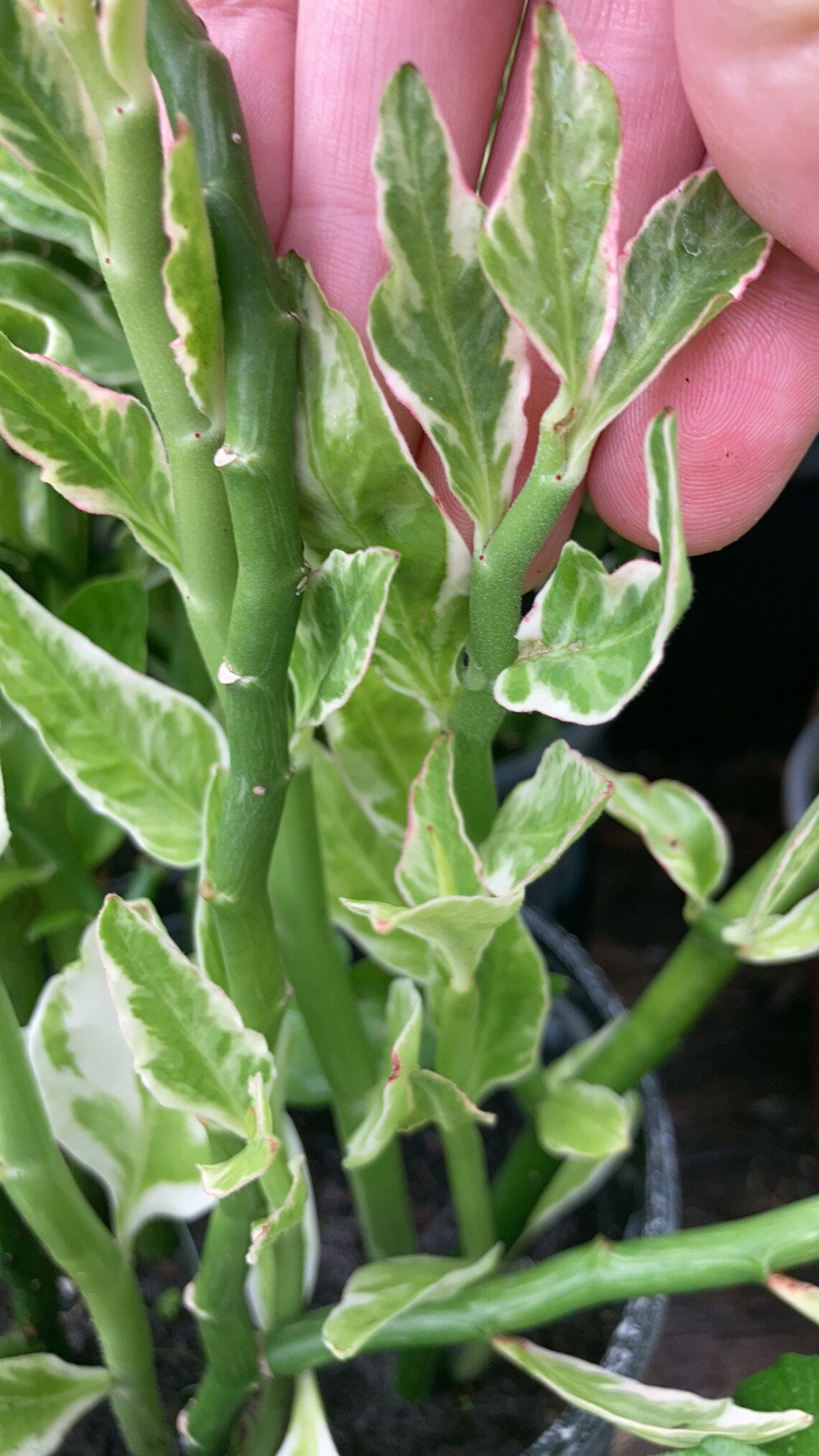
Variegated devils backbone succulent zig zag plant 1/2 pound Etsy
Zigzag plant is popular as both an indoor tropical plant and, in frost-free climates, a handsome landscape specimen. It's native to warmer parts of North America and much of Central America, including Florida, Mexico, and the Caribbean. It is considered somewhat endangered in parts of Mexico.
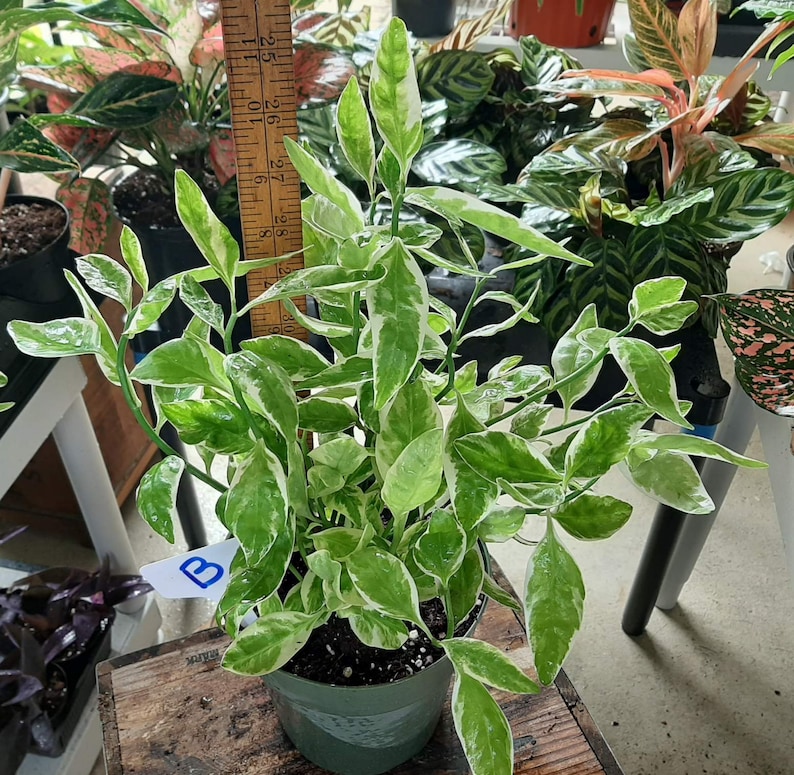
Devil's Backbone ZigZag Plant Pedilanthus Etsy
Zig Zag cactus will survive in low light, just expect slow growth! When do I repot my zig zag cactus? When the roots fill the pot or are coming out of the soil or the drainage holes, it is time to repot your fishbone cactus plant. Choose a pot 1-2 inches larger than the current pot.
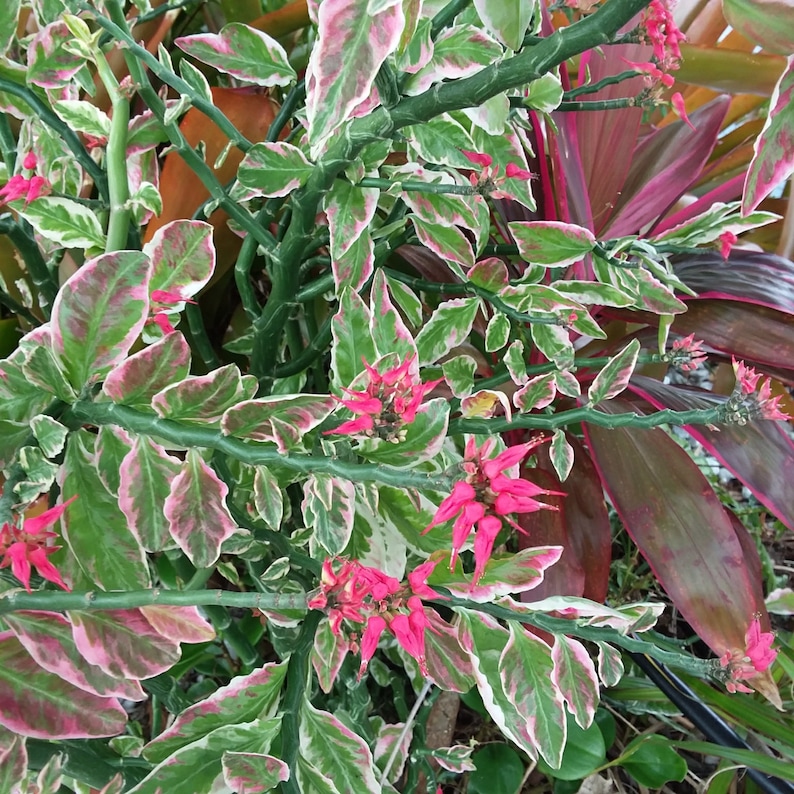
Devil's Backbone ZigZag Plant Pedilanthus Etsy
If you've spotted a plant with zig-zagged stems reminiscent of a fish skeleton, you've found the incredibly popular Fishbone Cactus. Botanically known as Disocactus anguliger, and previously Epiphyllum anguliger, this cactus is certainly not like other plants in the cactus family.

Zigzag plant Plant leaves, Plants, Flowers
If you're looking for an unusual houseplant, look no further than the Fishbone Cactus (also known as Ric Rac Cactus or Zig Zag Cactus)! It is a striking houseplant visually, and easy to care for as well!

Garden Chronicles Zig Zag Plant (updated 2019)
Sometimes called devil's backbone, the zigzag plant is widely grown within U.S. Department of Agriculture plant hardiness zones 9 to 11 for its distinctive-looking, crooked stems and brilliant red flower bracts, which appear in spring and summer.

Pin de linda husselmann em Plante em 2023 Jardim de plantas suculentas, Suculentas penduradas
The scientific name for the plant is Cryptocereus anthonyanus (syn. Selenicereus anthonyanus ), and is a member of the night blooming cactus family. Best known for its long, arching stems coated with serrated leaf nodes, fishbone cactus is found in its habitat in groups, which hang from trees.
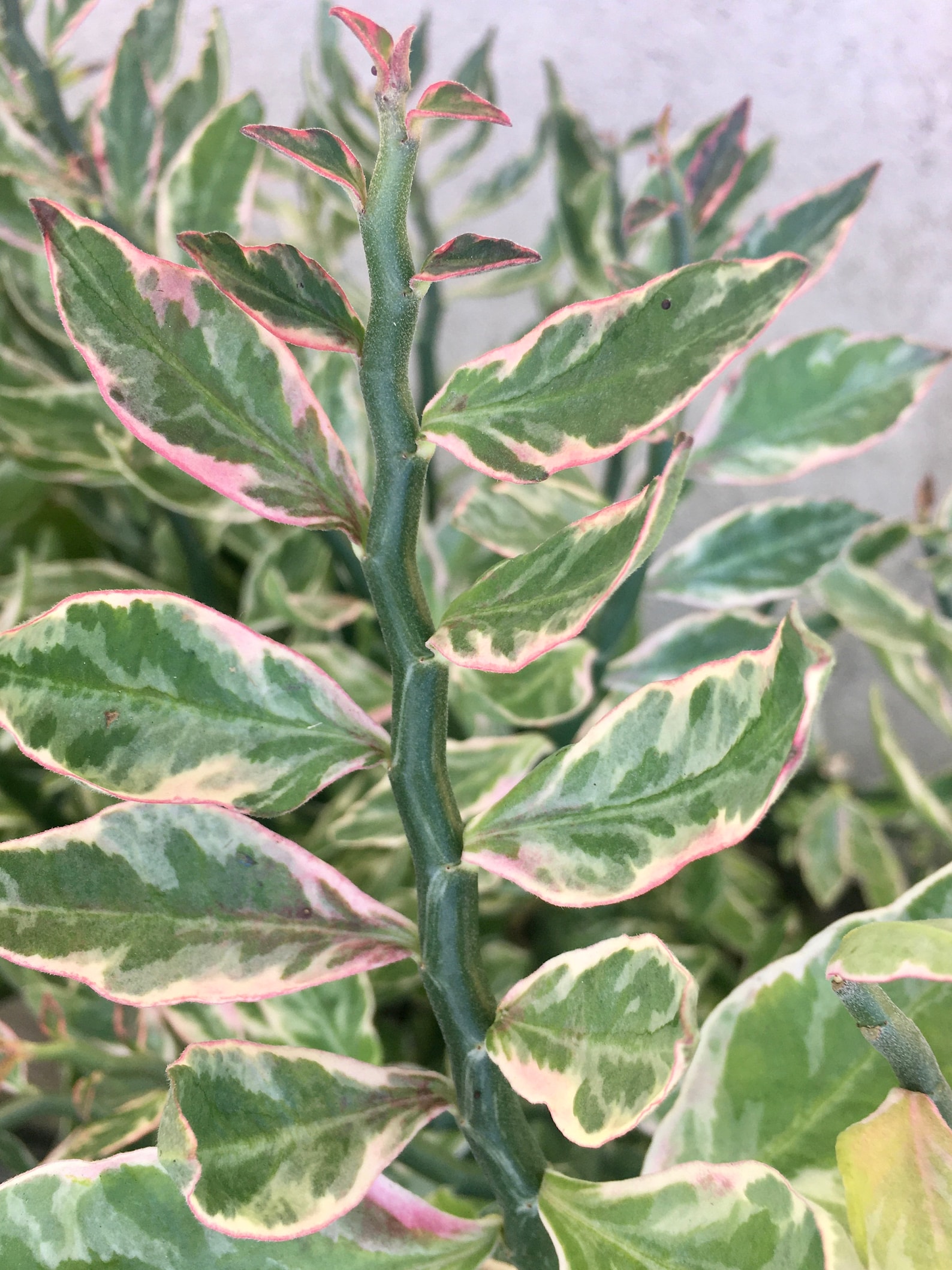
Variegated devils backbone succulent zig zag plant Etsy
Disocactus anguliger, most commonly called the zig zag or fishbone cactus, is an epiphytic cactus originally found in Mexico. Gardening Solutions by University of Florida explains that an epiphyte is a plant that attaches itself to the side of a host tree for support but will not behave like a parasite.

The Odd and Edible Zigzag Cactus Laidback Gardener
Just be sure to provide the zig zag plant with nutritious soil, a well-draining pot, and bright indirect sunlight. Propagation. Propagating E. tithymaloides is extremely simple in comparison with other common houseplants making it an even better choice for beginners. While it is possible to propagate the seeds your individual produces, it is.
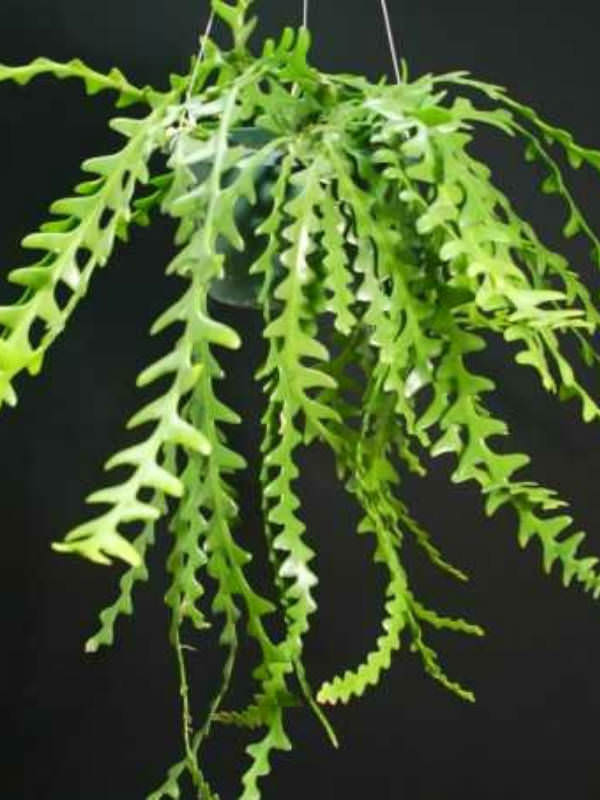
Selenicereus anthonyanus Fish Bone Cactus, ZigZag Cactus World of Succulents
Grown for its unique, angular toothed stems, the fishbone cactus is also commonly referred to as zig zag cactus, ricrac cactus, and the orchid cactus. Display your fishbone cactus in a hanging pot or planter to fully admire its stunning foliage. The Spruce / Cori Sears Fishbone Cactus Care

Garden Chronicles Zig Zag Plant (updated 2019)
Zigzag plant ( Euphorbia tithymaloides) is a perennial succulent spurge. It is mostly grown indoors as a houseplant, but in tropical climates can be grown outdoors as well. It is native to Central and South America. It has many common names, such as redbird flower, devil's backbone plant, and redbird cactus. Confusing Names

Zig Zag Plants Plants BJ
Step 2: Planting the Cutting. Prepare the Pot and Potting Mix: Fill a small pot or container with a well-draining cactus or succulent potting mix. Ensure the pot has drainage holes to prevent waterlogging. Insert the Cutting: Plant the callused end of the cutting into the potting mix, burying it about an inch deep.

TEN Rooted Zigzag Cactus Plants Free US Shipping
Euphorbia tithymaloides is a perennial succulent spurge. [1] An erect shrub, [2] the plant is also known by the scientific name Pedilanthus tithymaloides. However, the genus Pedilanthus has been subsumed into the genus Euphorbia, and is more correctly known by its new name ( Euphorbia tithymaloides ). [3] [4] Names

ZigZag Goldenrod (Solidago flexicaulis) Shade perennials, Native plant gardening, Perennial
The zigzag plant (Eucphorbia tithymaloides 'Variegatus') is a succulent spurge with a distinctive shape and is a fun houseplant. Before planting, the plant should be grown in a terra-cotta pot with well-draining sandy soil, and it should be allowed to become root-bound before transplanting.

Pedilanthus tithymaloides Zig Zag Plant, 4" Plant The Plant Farm
Fishbone cactus which is also called the Ric Ric Cactus or the Zig Zag cactus is a beautiful decorative plant. With its beautiful zigs and zags, Fishbone Cactus resembles the backbone of a fish. Its skin is smooth and green and it is considerably branched.
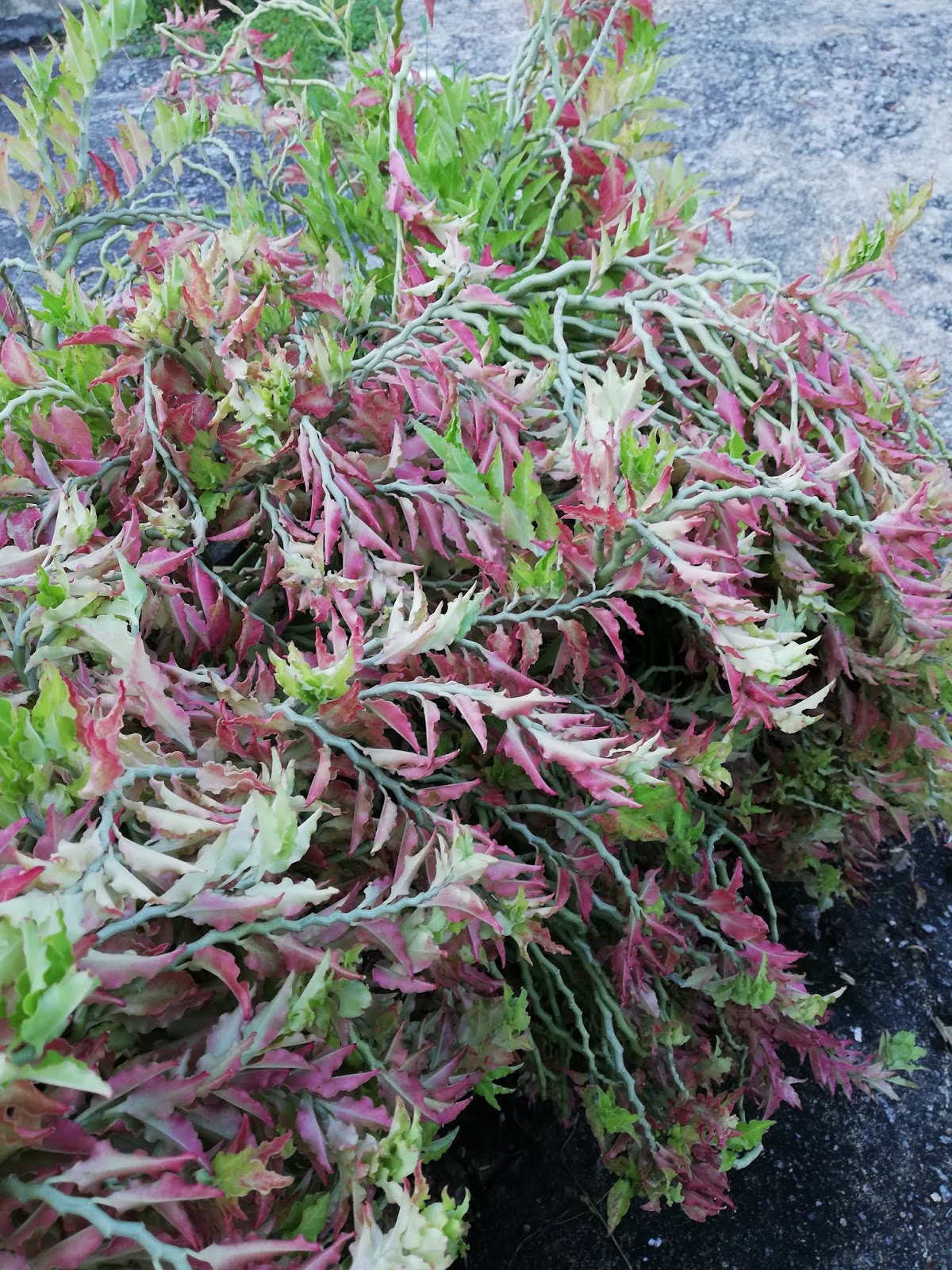
Garden Chronicles Zig Zag Plant (updated 2019)
Just acclimatize your plant first by setting it in full shade for a few days, then in slightly brighter shade. It will especially like the dappled shade of an overhanging tree. A zigzag cactus can live for years in the same pot, with only an occasional top dressing: scraping off the soil at the top and replacing it with fresh mix. It doesn't.

Zig Zag Goldenrod Wisconsin Native Perennials Johnson's Nursery KB
The plant produces aerial roots on the undersides of its stems which enable it to cling to the trees it climbs. As a houseplant, the zig zag cactus is most often grown in a hanging basket or in a pot that's elevated on a plant shelf or plant stand so the flat stems can trail down over the edge.